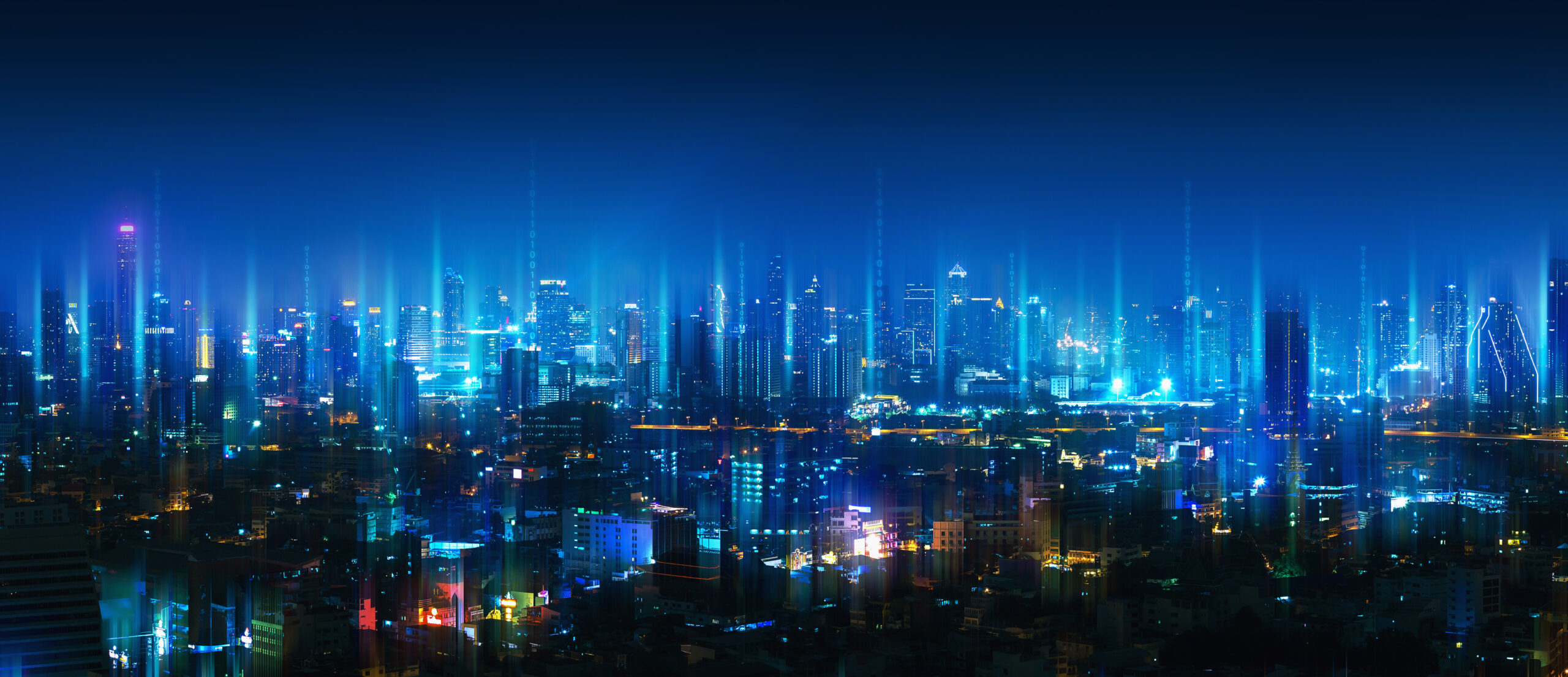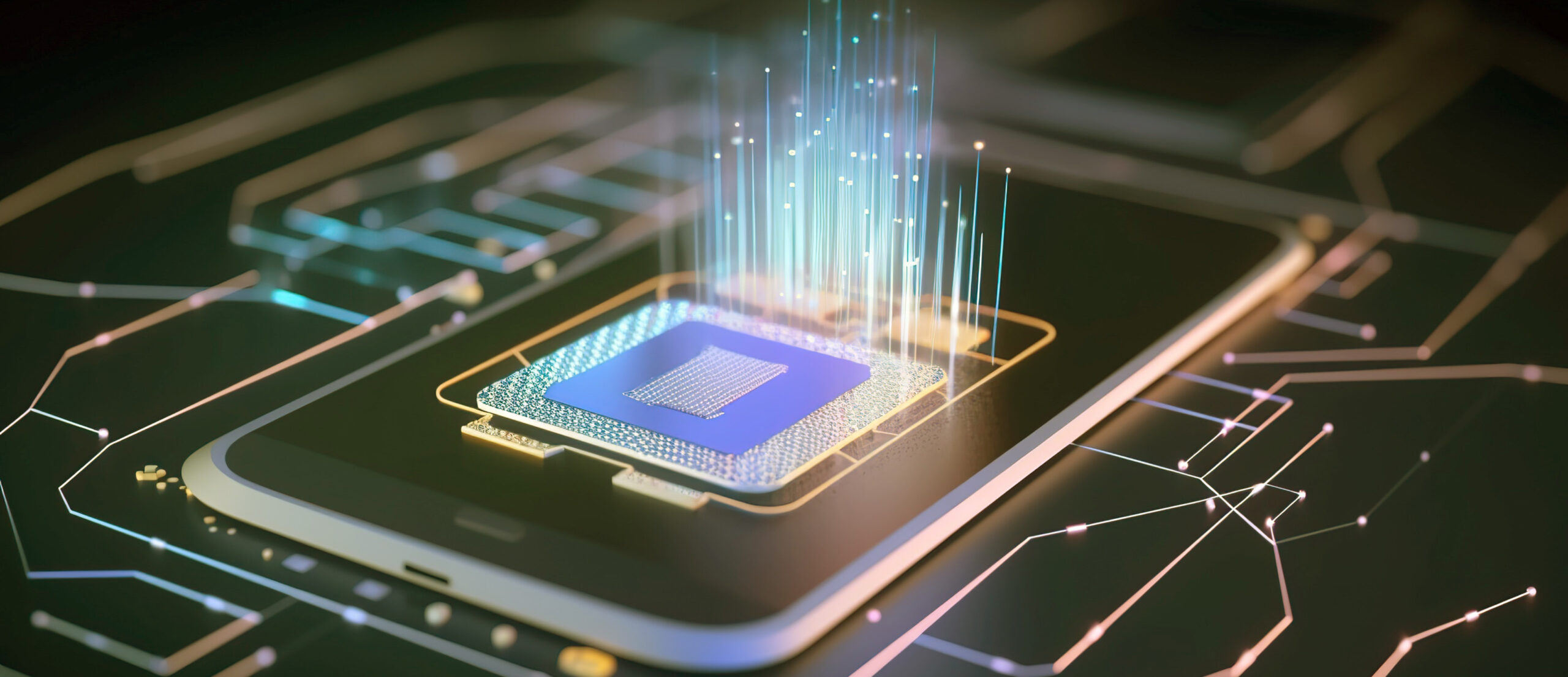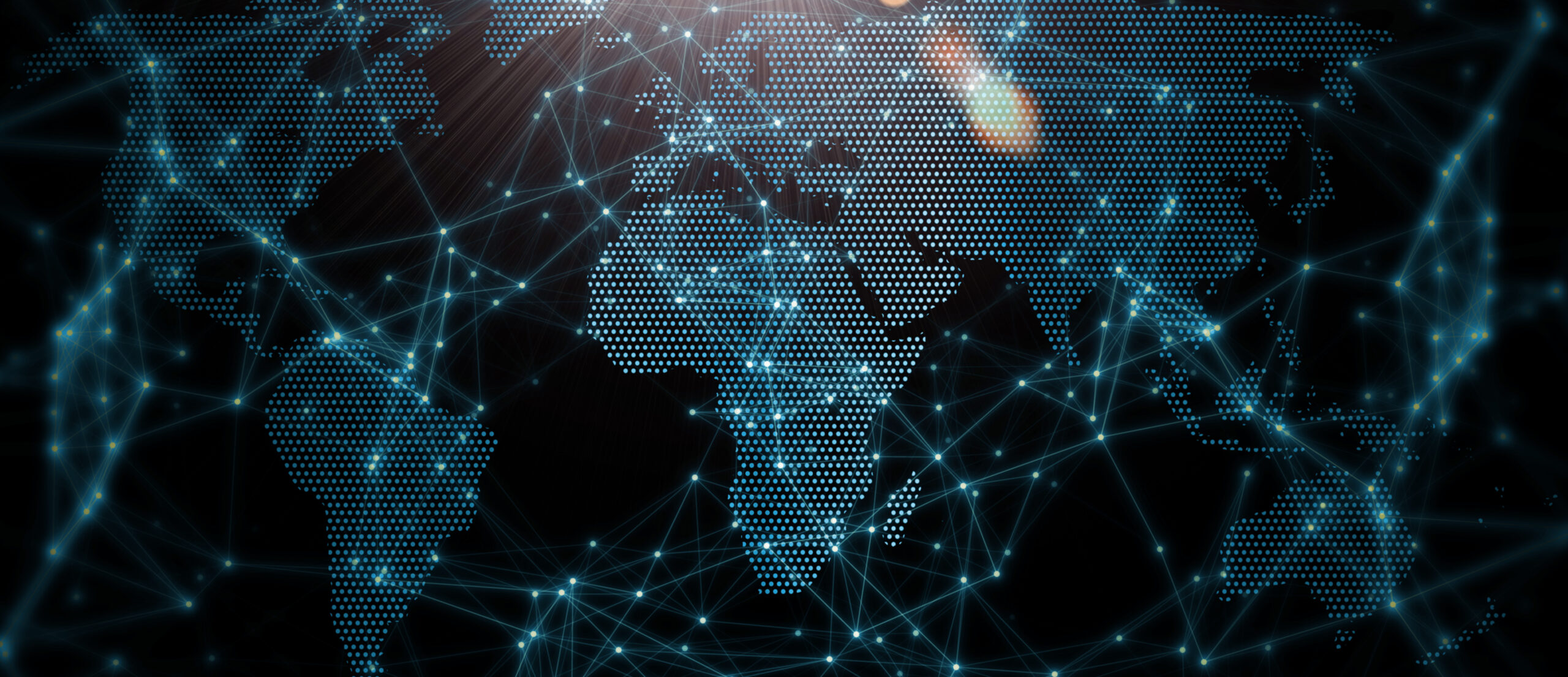IoT for the Planet: Celebrating Earth Day through the Internet of Things

The Earth is an incredibly complex and amazing planet, home to 8.1 million species of plants and animals and comprised of a balanced environment that gives life and sustainability to all of us fortunate to call this home.
Each Earth Day, which we celebrate today, is an opportunity to express gratitude and recognition to our planet, while also supporting ways to keep our planet healthy and thriving.
At floLIVE, we know no better way than to look to the technology that can help achieve sustainability, environmental wellness, and responsible utilization of the resources the Earth provides us. Here are just a few ways that connected devices in the Internet of Things (IoT) can help the Earth:
IoT for the Planet : Key Use Cases
Water Conservation: IoT devices can monitor water usage in residential, commercial, and agricultural settings. Smart irrigation systems, for instance, can adjust watering schedules based on soil moisture levels, weather forecasts, and plant needs, minimizing water waste. IoT-enabled leak detection sensors can also detect leaks in water distribution networks, preventing water loss and conserving this precious resource.
Air Quality Monitoring: IoT sensors can measure air pollutants such as particulate matter, nitrogen dioxide, and volatile organic compounds in urban areas. By providing real-time air quality data, these sensors enable governments and organizations to identify pollution hotspots, implement targeted pollution control measures, and raise public awareness about air quality issues. Ultimately, IoT-based air quality monitoring can help mitigate the adverse health effects of air pollution and improve overall urban livability.
Renewable Energy Optimization: IoT technologies can enhance the efficiency and reliability of renewable energy sources such as solar and wind power. IoT-enabled smart grids can balance electricity supply and demand in real time, integrate distributed energy resources (e.g., rooftop solar panels), and anticipate grid congestion or outages. By optimizing renewable energy generation and distribution, IoT systems support the transition to a cleaner, more sustainable energy infrastructure.
Smart Energy Management: IoT devices can monitor and optimize energy usage in buildings, homes, and industrial facilities. Smart thermostats, for example, can adjust heating and cooling systems based on occupancy patterns and weather forecasts, leading to significant energy savings. Additionally, IoT-enabled sensors can identify energy inefficiencies and equipment malfunctions in real-time, allowing for prompt maintenance and optimization.
Precision Agriculture: IoT technologies can revolutionize agriculture by providing farmers with real-time data on soil moisture levels, weather conditions, crop health, livestock health, and equipment performance. This data enables precision farming techniques such as targeted irrigation and fertilization, minimizing water and chemical usage while maximizing crop yields. By optimizing resource utilization and reducing environmental impacts, IoT-driven precision agriculture can contribute to sustainable food production.
Wildlife Conservation: IoT devices such as GPS trackers, motion sensors, and cameras can monitor wildlife behavior, movements, and habitats. Conservationists can use this data to track endangered species, combat poaching and illegal logging, and assess the impact of human activities on ecosystems. IoT-based wildlife monitoring helps inform conservation strategies, protect biodiversity, and preserve fragile ecosystems for future generations.
Smart Buildings: Smart buildings can help optimize the use of utilities, such as lighting, heating and cooling, and can optimize water usage and help reduce waste. For example, sensors can detect when rooms are unoccupied and automatically adjust temperature settings to conserve energy. Additionally, smart lighting systems can dim or turn off lights in areas with sufficient natural light, further reducing electricity consumption.
Smart Cities: Much in like smart buildings, streetlights can be fine-tuned to switch on automatically, water systems can be optimized, traffic and emergency vehicle routing can be enhanced, all to better support citizens, reduce waste, and create efficiencies.
Connectivity to support IoT for the Planet
The connectivity behind IoT plays a vital role in whether use cases like the above are successful. Global, reliable connectivity that meets privacy and data regulations, is secure, high-performance and consistent anywhere in the world is a major part of the puzzle. floLIVE offers the infrastructure for connectivity that supports IoT around – and for – the globe.
Learn more by reaching out to our team of experts. Happy Earth Day!










